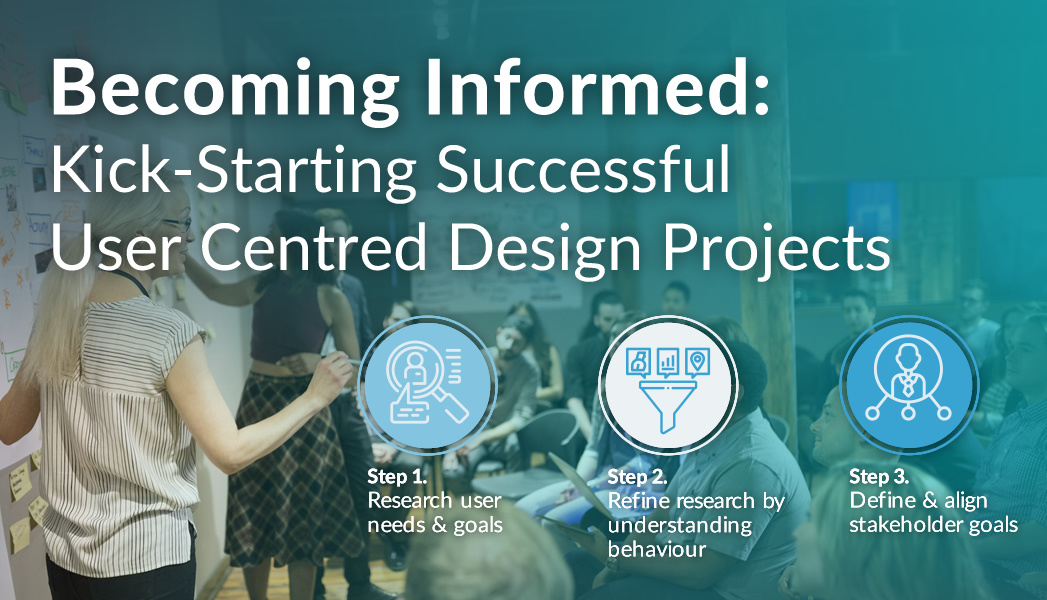
I should start by saying that I’m not a ‘car person’. They have never excited me. I find driving a bit dull and think cars are generally a waste of money. It was only due to tax incentives that we opted to lease fully electric vehicles and only due to the journey range required that we opted for Tesla.
Having now driven a Tesla for a few months, I have to say, even for someone not interested in cars, I am impressed with what they have done with the Model 3. The driving experience is great, but it’s actually the way they have applied technology that has made me a fan. In short, they reversed the trend of more buttons and fancy dashboards on modern cars and opted for simplicity. The technology is still working behind the scenes, but through one simple dashboard. They have literally stripped out every other button and widget unless it makes no sense to hide. The result is a high-performance car which my six-year-old son could operate with minimal instruction.
The benefit of this approach only became clear to me recently, when my car went to the garage for some minor repairs following a parking altercation (did I add that I’m not very good at driving either)! The hire car company gave me a Mercedes, which was clearly a well-engineered machine, packed with just about every possible function a modern-day car can offer. As I sat there, trying to work out how to adjust the seats and turn on the heating, I immediately felt overwhelmed by the ‘gadgetry’ in front of me. In stark contrast to the Tesla, Mercedes opted to give you several ways to perform the same function, then added numerous functions most drivers would never need or understand. Don’t get me wrong, this was a lovely car and no doubt I would have become more used to the complexity over time, but why should I when the Tesla offers the same functionality with a fraction of the effort?
Tesla applied the complex technology, but simplified the user experience, sparing me the excessive options that I would never use or have the desire to understand. What dawned on me as I returned to the Tesla (minus the scratches) was the similarities to our own approach to software. When we develop a new product, we consult with end-users before considering the technology. We consider the outputs first, then work out the most efficient ways to produce them. We scrutinise the need for every function before designing it, then test the design with end users before building it. We apply technology because we should, not because we can, sparing end-users complexities they do not need; to get out what they want. This approach also paves the way for rapid improvements in response to user feedback, because the less complicated the system is, the easier it is to refine and update.
Like Tesla, we may need to keep upgrading our software in response to our users and we may need to bring back a few of the functions we thought we could remove (I’m thinking glovebox handle Tesla). On balance however, we will always focus applying technology where it helps the end-user most, not to show how clever we are!








